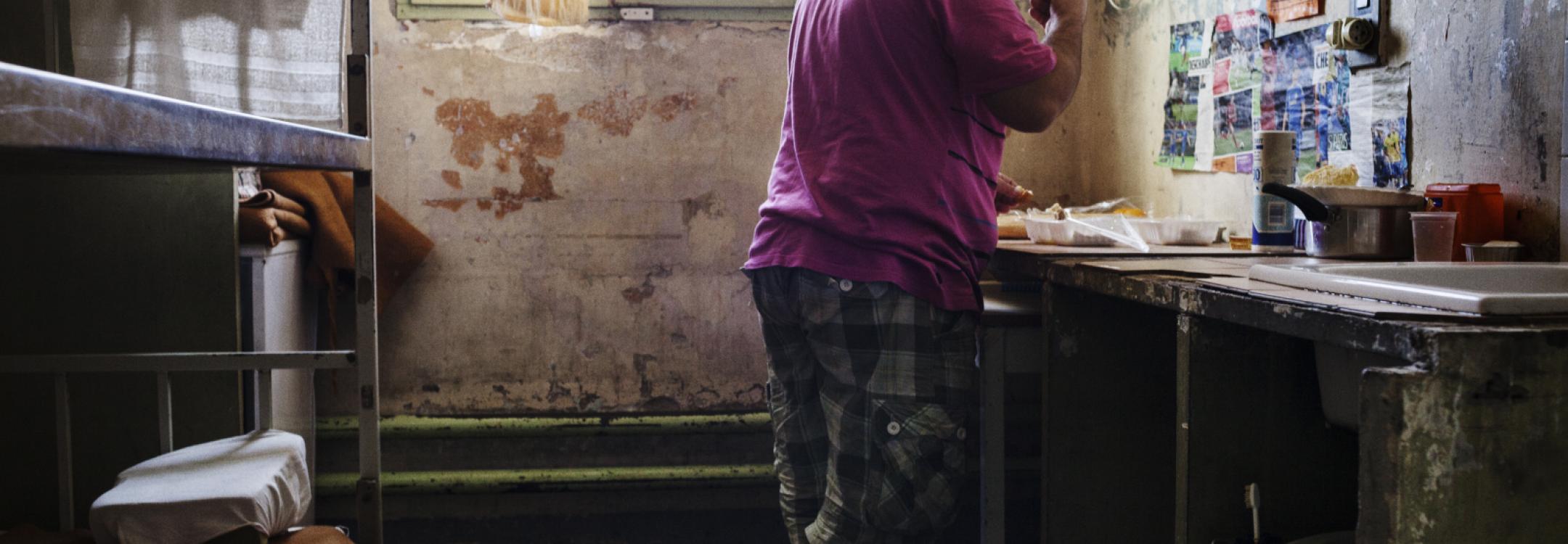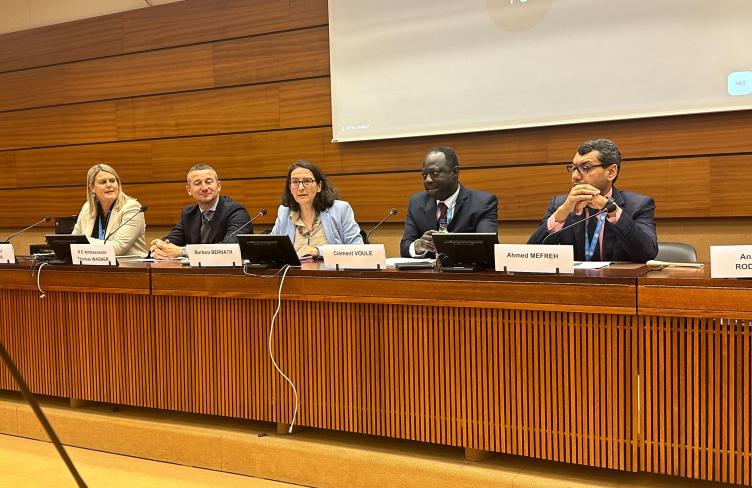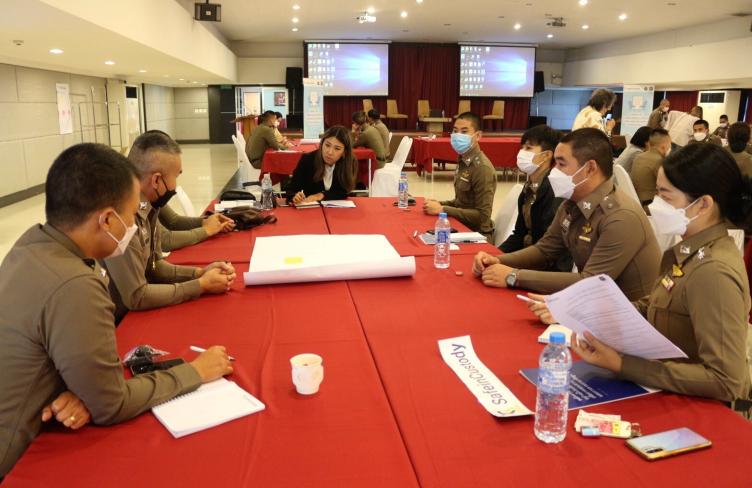
Statement on the 30th anniversary of the UN Convention against Torture:
You can’t torture someone, no matter who they are or what you think they’ve done. 30 years ago the global community, represented in the United Nations General Assembly, adopted the Convention against Torture (UNCAT), setting down this important principle in international law.
This historic treaty also set the tone for a change in approach to human rights protection. Like other human rights treaties, the UNCAT demands accountability for violations. Critically however, it goes further. The Convention against Torture is the first treaty that recognises that prohibition and punishment do not protect us from State abuse. It requires States to put in place protective measures that prevent torture and ill-treatment before it ever takes place. It takes a step behind the secretive veil of State practice and shines a light on the risk factors which lead to torture.
This is the vision which the APT seeks to achieve today. And today, as over half the countries around the world continue to use torture, this vision is needed more than ever.
It might seem so obvious that it almost goes without saying. It is never justified to cause a person such extreme pain that they break, physically, mentally, or both. When used to extract information, the scream of verbose slurry that spews from a victim after being so violently broken is utterly useless, making torture a waste of time as well as an international crime that is so obscene that it scars everyone it touches. And some scars will never heal. No law is needed to remind us of this basic truth. So what is the relevance of the UN Convention against Torture in 2014?
As the CIA torture report has documented this week, a lingering and senseless belief remains among policy makers and some of the public at large that torture might just be justified, if only in the most extreme circumstances. Yet this is precisely how torture corrodes the system. The lessons of history demonstrate that once torture might be used, it will be used. And it will be used more and more, until it is routine and systematic. This is the dangerous reality that preventive steps required by the Convention against Torture are designed to withstand.
By adopting laws and regulations, practice directions and administrative rules, key actors such as police and detention officials can be guided towards compliant behaviour. Safety routines and practices in places in detention protect detainees from abuse. And by opening up places where persons are detained to independent scrutiny, the secrecy and silence of abusive systems can be confronted and reformed.
Nobody should be under the impression that the job of police or prison staff is easy, but guaranteeing fundamental rights to persons in detention is still part of their professional duty. It is that same effort that we would want our State to take with us, if we were to be detained.
The Convention against Torture requires that all States, and each of us, remain vigilant to the risks of torture. This is what makes it so relevant in 2014, thirty years after its adoption. Although it is likely that the risks will remain, we will continue to mobilise support and work with willing partners towards their reduction.
The work for a torture-free world is far from over.


